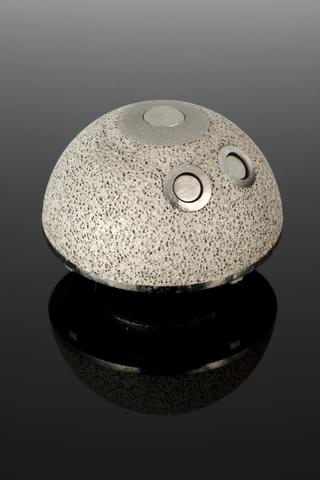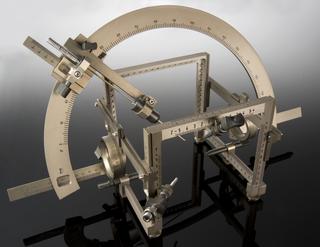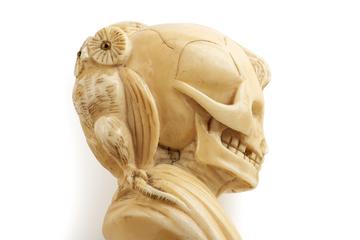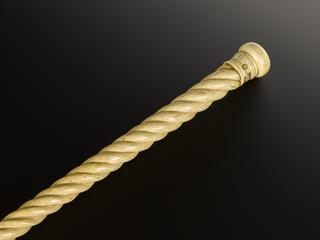










Luxation table, Italian, mid 16th century
'Luxation' means the complete dislocation of a joint. This luxation table has poles at each end for stretching a body, realigning dislocated joints or treating spinal injuries. It was a popular treatment throughout history up to the Middle Ages. The body was tied at the feet and hands, or sometimes around the waist, to the poles at either end of the table. Handles were attached to these poles and slowly turned to obtain the level of force needed to realign the joint.
A contemporary illustration suggests this table may be a ‘Hippocrates Traction Table’ and used vertically rather than its current horizontal alignment. This theory is supported by the turned table legs being a later addition. The square holes may have held pegs to treat people of varying height. It is thought a family of Indian peasants used the table as an ordinary dining table for many years.
Details
- Category:
- Surgery
- Collection:
- Sir Henry Wellcome's Museum Collection
- Object Number:
- A602010
- Materials:
- wood and fittings, iron
- Measurements:
-
overall: 820 mm x 2260 mm x 720 mm,
- type:
- traction table




